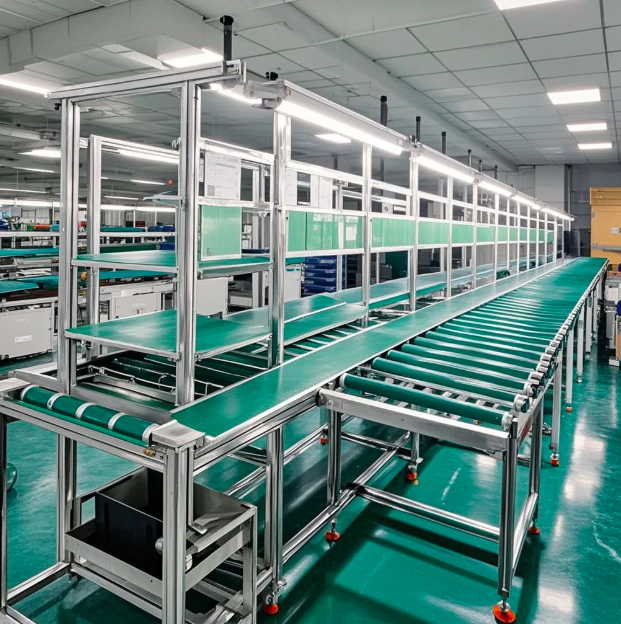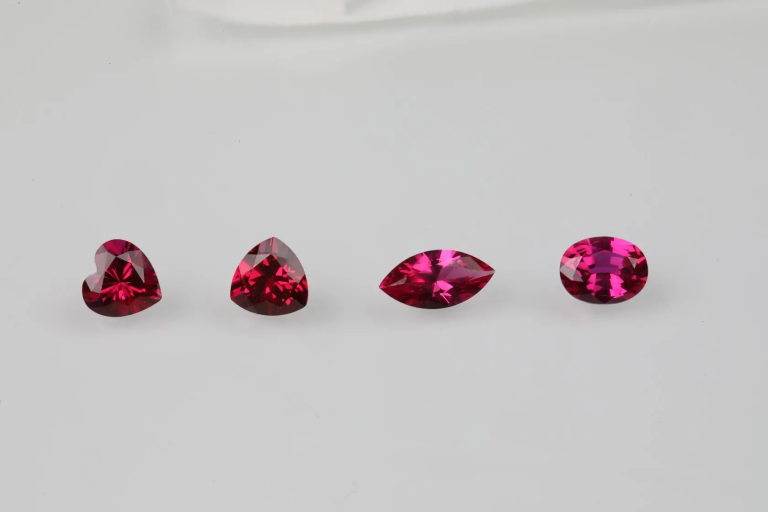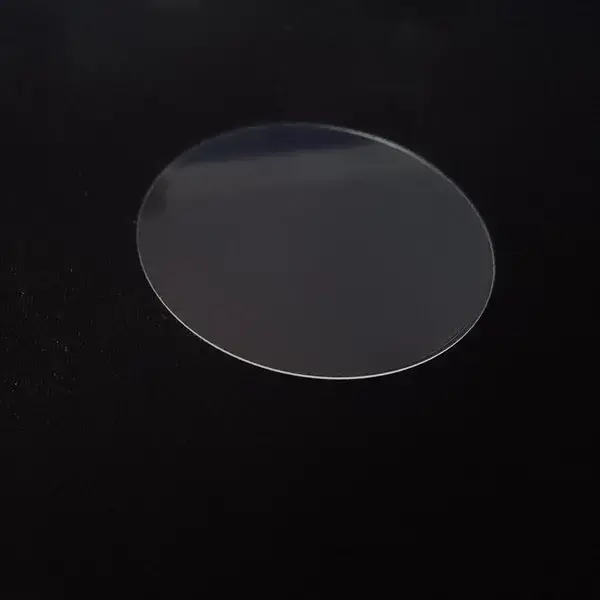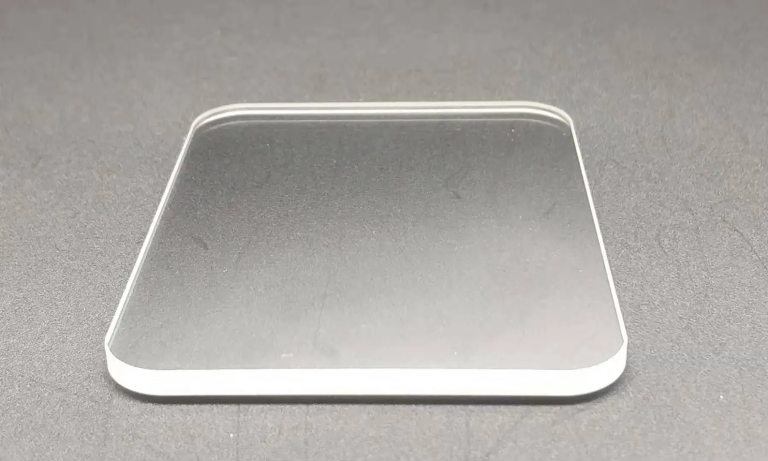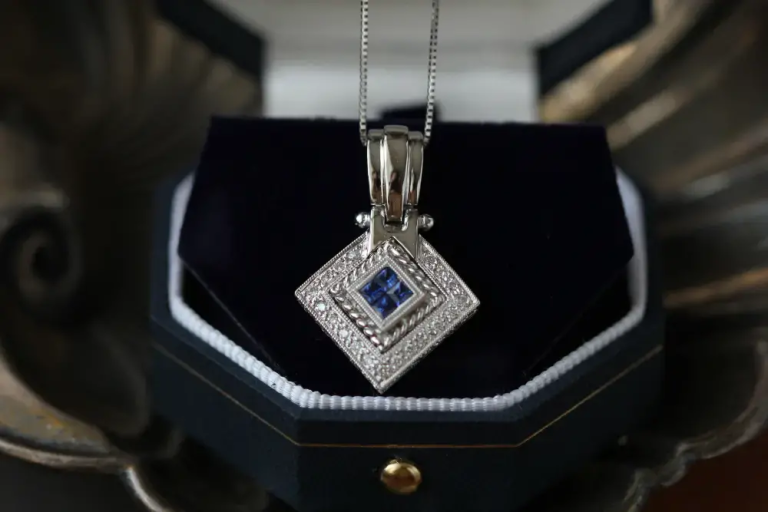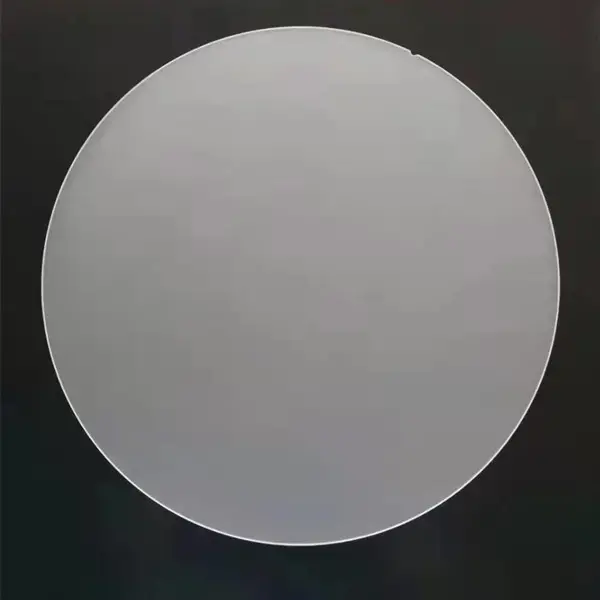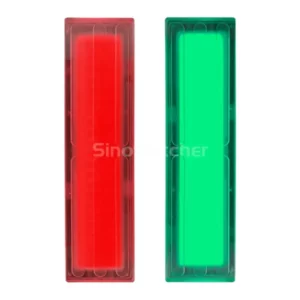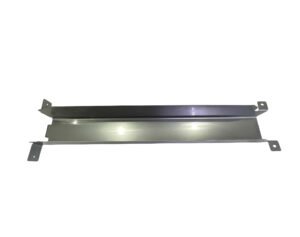Table of Contents
What is Blue Sapphire
Blue sapphire is a highly precious gemstone and a variety of the mineral corundum family. Sapphire consists of aluminum oxide with trace amounts of elements such as iron, titanium, chromium, and vanadium. Though it is commonly known for its striking blue color we give you information about varieties of blue sapphire color charts. It has an incredible history. In ancient times it represents the fame of the royal family. Sapphires came from Sri Lanka (which is formally called Ceylon), Thailand, Australia, China, India, etc. It is still now believed that sapphire is a symbol of love, abundance, blessings, and gifts. It also has been used to protect against negative energies, keep the mind calm, and create spiritual peace.
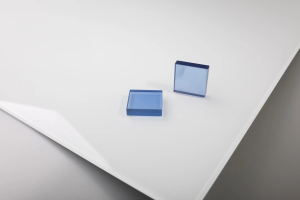
What Are Sapphires Made Of?
Sapphires come from the mineral corundum family which is a crystallized form of aluminum oxide. Corundum forms in crystalline rocks, which contain what we know as sapphire rubies or other gems, based on other minerals present during formation. Sapphires mix minerals that work together over thousands of years to produce beautiful, rare, elegant, coveted gemstones like the sapphire.
Corundum is an extremely hard substance, by comparison, our gemstones are only slightly less hard than diamonds. That’s why sapphires are extremely durable and don’t scratch easily. Sapphires score a 9 on a scale of 1 to 10 on the Mohs’ scale of mineral hardness, second only to diamonds at a perfect 10.
Besides natural sapphires, scientists have been able to hack the process to create man-made sapphires in much less time. Lab-created sapphires come from synthetic forms of corundum which are used to make synthetic sapphires and rubies. The difference between our synthetic sapphires and most natural stones is that they are free of impurities and completely pure, whereas natural stones mix with environmental impurities during the natural crystallization process, and it is extremely rare to find a stone without impurities. Natural and lab-created sapphires come from the same mineral and they have the same qualities. Due to reduced rarity and a faster creation process, lab-created sapphires are comparatively less expensive. However, the difference between natural and lab-created sapphires is that natural sapphires will have small inclusions or flaws throughout the stone if you look consciously, and lab-created gems made by a man, are comparatively clean and flawless. Lab-created gems look like a blue sapphire color chart as well as a natural look.
Is this Blue Sapphire Colour Chart available?
Most people think that sapphire is a deep blue color. But it’s not true, blue sapphires are the most popular but they have different colors. Along with blue gems, you can find them in pink, purple, yellow, green, white, and so on in one word like the blue sapphire color chart Naturally formed sapphires almost always have slight flaws and inclusions because they are genuine and make unique and normally lb created sapphire appears flawless.
Without a doubt, blue sapphire color charts are absolutely an excellent option for gems lovers. Anyone may get a precious, attractive, and budget-friendly gemstone without losing the quality or their jewelry look. Moreover, Sapphire Boules have a less environmental impact because the crystal formation takes place in a lab rather than in the natural world.
0

